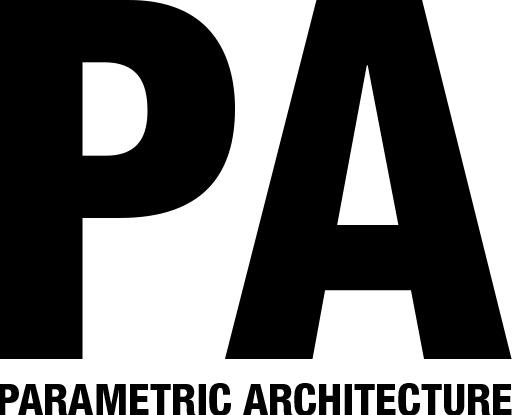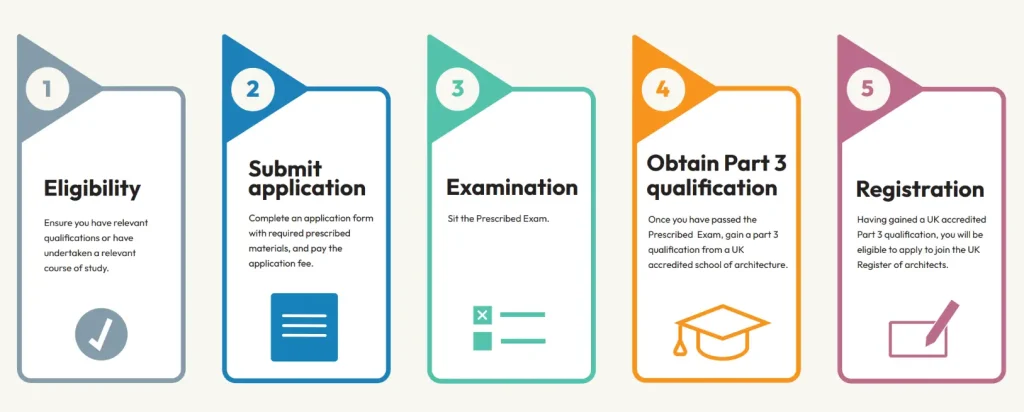Moving to a foreign country may be an exciting and scary experience, particularly for professionals like architects. Relocating to the UK offers a unique combination of modern architecture, vibrant contemporary culture, and rich architectural history. This shift for foreign architects entails learning about the UK’s architectural environment, licensing requirements, cultural fusion, and career prospects. With an emphasis on career potential, legal requirements, cultural adjustment, and helpful settling-in tips, this article attempts to guide international architects on what to expect when relocating to the UK.
The architectural landscape in the UK is quite varied. The country showcases landmarks such as Buckingham Palace and the Tower of London alongside modern marvels like the Gherkin and the Shard. This diversity helps architects draw inspiration as well as express themselves meaningfully within such architectural contexts. Moreover, the demand for creative designs that are environmentally friendly yet aesthetically appealing remains high, hence the call for new innovative ideas. London remains the hub of architectural activity, but there are also lots of exciting opportunities in Manchester, Birmingham, and Edinburgh.
Cultural adaptation is crucial when relocating to a foreign country, especially in the UK, where a diverse population and rich cultural past foster a vibrant social life. Taking part in community events, visiting historical sites, and engaging in local activities can facilitate integration and a sense of belonging. Understanding British traditions and customs can help to create professional and social networks.
The employment market in the UK is rich, and it has a lot of opportunities in the public and private sectors. Some recruitment agencies, such as Hays or Bespoke Careers, help with personalized searches while at the same time, online job portals are useful resources. To apply, tailor your CV to match local standards. This includes work history, education, professional summary, education, and relevant qualifications; projects that meet UK architectural standards; and a portfolio of your best work, in addition to international experience.
Professional Requirements and Recognition

International architects are required to register with the Architects Registration Board (ARB) to practice in the UK. The ARB ensures that architects adhere to the required practices and educational requirements. ARB criteria state that architects with degrees from accredited universities in their native countries may be eligible for registration, subject to assessment. Typically, this procedure entails submitting documentation of credentials, demonstrating professional experience, and, in certain situations, passing the ARB Prescribed Examination.
The Royal Institute of British Architects (RIBA) is another significant organization for architects in the UK. Although ARB accreditation is necessary for practice, there are numerous benefits to becoming a member of RIBA. RIBA offers information, networking opportunities, and programs for continuing professional development (CPD). To enhance professional standing and obtain more employment prospects, international architects must strive for RIBA accreditation.
Legal and Practical Considerations
Obtaining the appropriate visa is crucial for international architects relocating to the UK, and the skilled worker visa is the most popular choice. This visa requires a job offer from a UK employer possessing a sponsor license, and that job also has to comply with particular skills as well as payment requirements. Official UK government guidance should be adhered to, or immigration advisers would ideally help with this because the application procedure for a visa is complicated.
Understanding salary, benefits, and working conditions is essential regarding employment contracts. The salary of an architect in the UK is determined by many factors, such as years of experience, location of the company, and size. According to recent surveys, in the UK, the majority of architects earn between £30k and £45k a year, while those with experience make much more. Most firms provide health insurance, pension schemes, and allowances for career growth as benefits. It is vital to know your job agreement and negotiate for requirements that favor you.
While the work culture in the UK varies from company to company, in general, professionalism, punctuality, and good communication are highly valued. It is typical to prioritize client-centered strategies and cooperative teamwork. Architects can work on a range of projects, including residential developments, commercial buildings, and urban planning initiatives. Learning about British business etiquette and norms can help with the transition and strengthen professional relationships, ensuring a smooth transition to the new environment.
Continuing Professional Development (CPD)
In the UK, the practice of architecture requires a strong commitment to continuing professional development or CPD. To keep their accreditation and registration current, architects must participate in continuing education as mandated by the ARB and the RIBA. CPD includes a range of activities, including taking online courses and going to conferences, workshops, and seminars. Staying up-to-date with the latest technological advancements, industry trends, and laws is essential for both career progression and preserving professional competence. Additionally, it is quite advantageous to join networking and professional societies.
In addition to RIBA, organizations such as the British Institute of Interior Design (BIID) and the Landscape Institute provide resources, information, and opportunities for networking. Architects can create a strong professional network through these associations, which can lead to employment offers, partnerships, and mentorship opportunities. Networking and taking part in internet forums can be other viable options to secure a sense of support and belonging within the architectural community. In addition to fostering professionals’ progression, these prevent any changes from excluding architects from the cycle. Thus, CPD becomes indispensable for successful UK-based careers in architecture.
Here are the best universities to study Architecture in Europe.
Challenges and How to Overcome Them
One of the most important obstacles for international architects is negotiating the bureaucratic procedures connected with registration, visa application, and job search. Doing extensive research and consulting with experienced experts who have gone through the same situations could be of great value.
Immigration specialists, RIBA, and ARB resources can facilitate this process in terms of speeding it up and reducing its burden. Adapting to a new work environment requires flexibility and an open mind. Getting used to new project management techniques and understanding what employers and colleagues need might be difficult. To increase output, architects may need to engage in regular consultations with their seniors and co-workers, which would enhance their comprehension of the prevailing concerns at hand. To enable the transition to be smoother, merely ask for help and guidance.
Professional and personal lives can be impacted by cultural differences. Spending time learning British customs and culture will help architects integrate with them. By engaging with locals and making friendships, one can build a network of support around them. Additionally, there are many places around the world where expatriate communities exist, which eases the process by creating a bond based on similar happenings of former individuals.
In conclusion, the UK will provide many opportunities and experiences to an international architect. Because of its vibrant architectural landscape, firm regulatory environment, and opportunities for career advancement, the UK is a preferred place for architects. The journey is multifaceted, and it involves searching for professional specifications and jobs as well as adapting to a novel cultural order. By preparing thoroughly, following professional advice, and getting used to the cultural diversities of the UK, even international architects manage to establish themselves in successful career paths.

























Amazing Post